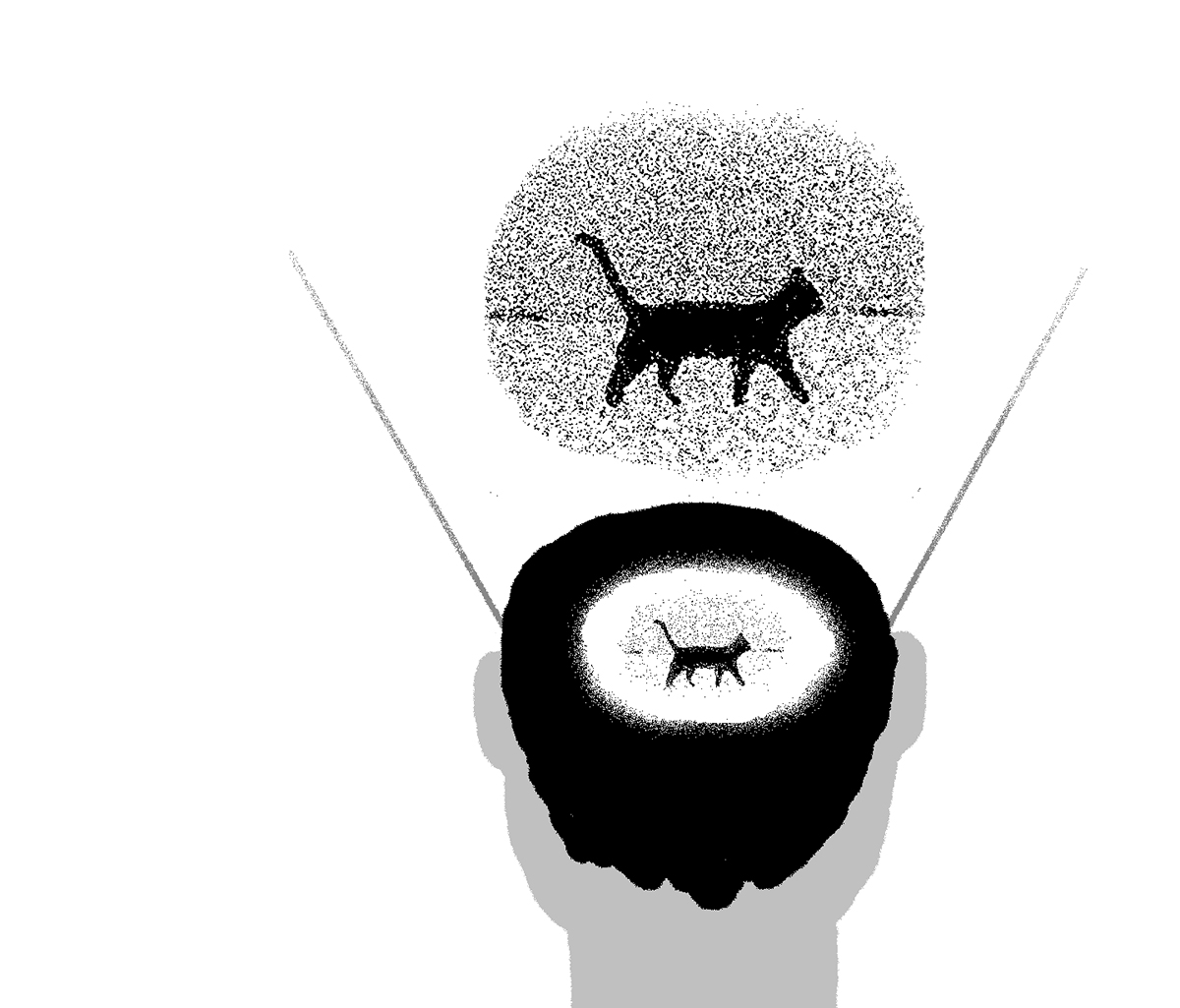Time Perception and Multitasking

Time Perception Time perception is a complex process that involves the brain's ability to estimate the duration of events. It is influenced by various factors, including: Attentional Demands : When attention is divided between multiple tasks, time perception can be distorted. For example, multitasking can make a given time interval feel shorter than it actually is. Cognitive Load : Increasing cognitive demands can also affect time perception. Higher cognitive loads can make time feel longer or shorter depending on the task. Task Difficulty : The difficulty of a task can also influence time perception. For instance, a difficult task may make time feel longer due to increased mental effort. Multitasking Multitasking is a common practice in today's fast-paced world. However, research suggests that it can have negative effects on productivity and brain health. Some key points about multitasking include: Task Switching Costs : Switching between tasks can lead to decreased producti...





